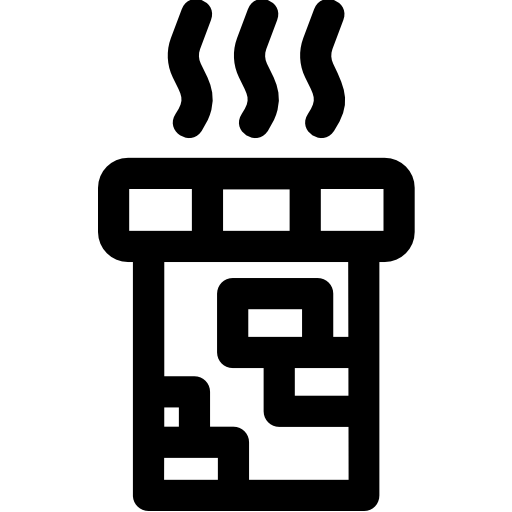
Methods
Machine Wash
Spraying of cleaning medium (usually sea or fresh water) onto the tank surface by means of an automatic cleaning machine without addition of any cleaning agent. At least one full cycle of the cleaning machine should be allowed for sufficient cleaning. Additional cycles might be necessary depending on the degree of difficulty of the cleaning operation.
Chemical Recirculation Cleaning
Preparation of a cleaning chemical solution diluted to the appropriate concentration in water, as recommended by the cleaning chemical supplier. Circulate this solution through the cleaning machines.
Decanting
This method will reduce the amount of Prewash washing water generated during the initial wash of persistent floaters and other cargoes having properties like persistent floaters. Decanting is a kind of recirculation method. It means creating a closed circuit by pumping hot water from the bottom of the service tank (settling tank) over the butterworth heater into the tank cleaning system and wash the tank to be cleaned sufficiently long with hot water via the fixed tank cleaning machines. Pump the wastewater generated in the tank continuously back into the service tank (settling tank). Of course, there should be no ballast water adjacent to the tank to be cleaned. When everything has been washed out of the first cargo tank, you can even use the cleaning water in the service tank to clean all other cargo tanks loaded with the same product. After all tanks have been cleaned, all that remains is to dispose of the residues floating on top of the settling tank.
Optional recirculation
Certain cleaning steps may lead to unexpected side effects, such as the formation and deposition of white residues on the surface of the cargo tanks due to hardness compounds in the washing water. In such cases additional/optional cleaning steps, generally the recirculation method as described above may be required to remove these effects.
Rinsing
Spraying of water (usually fresh water) through the cleaning machines onto the tank walls, in order to remove chloride containing water and traces of contamination from the tank surface.
Vent/Mop/Dry
Ventilation is usually
carried out by forced air circulation, either by portable or fixed fans to
remove traces of moisture and odour from the cargo tanks. When the tank is
certified as gas free, any free water should be removed by mopping, followed by
additional ventilation until the tank is dry.
Drain
Empty tank, line and pump thoroughly.
Purge
Displacing and dilution of flammable vapours with inert gas.
Additional methods
Steaming
Introducing saturated steam into the tank which cools and condenses on the tank surfaces. The purpose of steaming is:
To accelerate the evaporation of volatile previous cargo residues (smell removal)
To reduce inorganic chlorides
The efficiency of any steaming operation is directly related to the size and dimensions of the cargo tank and also the capacity of the boiler. Often a machine wash with hot fresh water is actually a very suitable alternative to steaming.
DI water rinse
Spraying or recirculation of De-Ionized water to remove inorganic chlorides from tank surfaces in order to comply with strict chloride standards (e.g. Methanol Standard)
Removal of Inert Gas residues
During unloading of flammable cargoes, tanker ships must use inert gas to avoid explosive mixtures. On some tankships so called exhaust gas systems are installed. The inert gas from such systems can contain impurities. This could result in clingage of black or sometimes red soot on the surface of tanks, which have been inertized. This soot could contaminate a sensitive next cargo. A typical example of this contamination risk is the loading of Vegetable Oil after Gasoline or Gasoil.
For removal of this soot wash the tank by recirculation with an Inert Gas Remover (sometimes also called Soot Remover).


